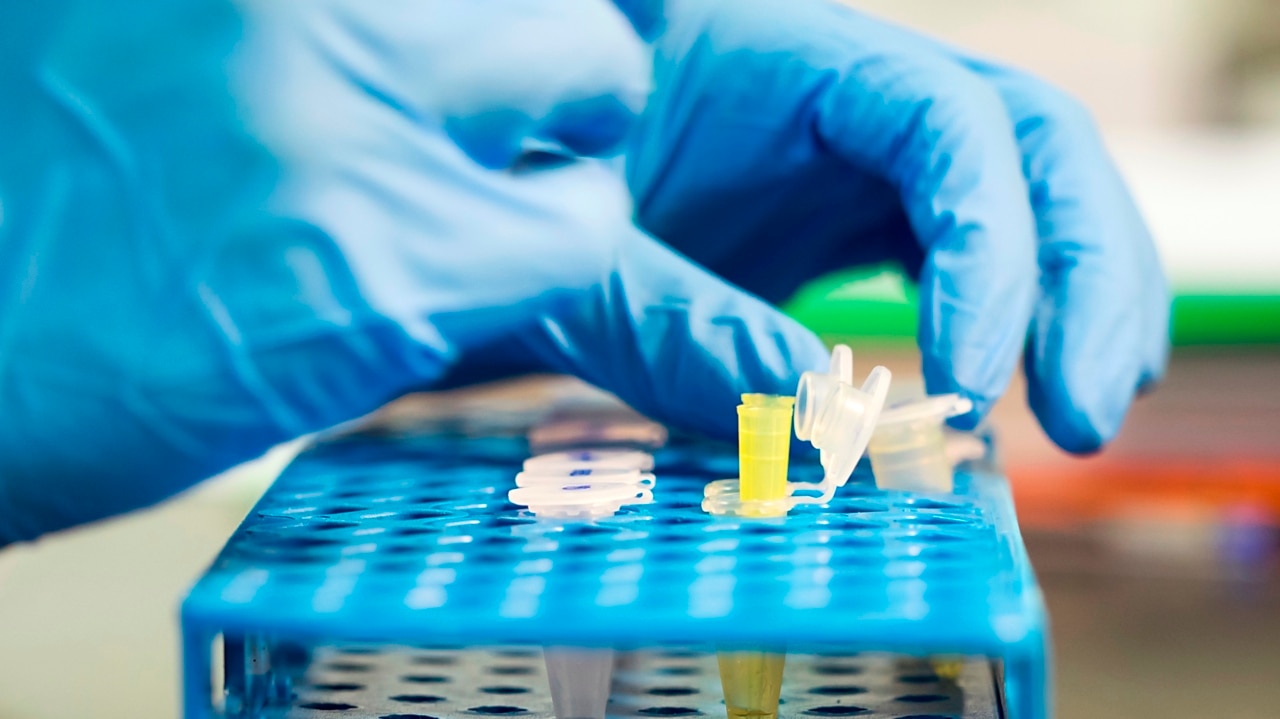Queensland police warned of flaws in DNA collection method in 2010
Queensland Police were warned a new method under consideration to collect DNA at crime scenes was potentially flawed as early as 2010 - but it was used for more than a decade anyway.

Queensland Police were warned a new method under consideration to collect DNA at crime scenes was potentially flawed – but it was put into practice for more than a decade anyway.
The startling revelation was revealed on the final day of the commission of inquiry into forensic DNA testing in the state.

Emails presented to the inquiry showed a report in 2010 provided to QPS showed the method of using a 70 per cent ethanol solution as a “wetting” agent to collect dried stains – such as blood – could yield poorer DNA results.
The advice also said this variance could be of crucial importance with regard to small stains, or those which appear on porous surfaces such as concrete or plasterboard.
Despite the advice, QPS adopted the method to combat issues with mould appearing on swabs which were not drying quickly when just pure water was used on swabbing agents.
Ethanol was chosen because swabs would dry up to six times faster.
The use of such a wetting agent was raised in Thursday’s public hearing at the inquiry, when the court heard it had been used when forensic officers attempted to collect DNA from a dried blood stain on a concrete gutter near where Mackay woman Shandee Blackburn was murdered in 2013.

Despite the size of the stain, no DNA was able to be extracted. Her murder has never been solved.
Giving evidence, forensic biologist Linzi Wilson-Wilde said it was crucial to verify the effectiveness of sampling products before implementing them in practice, to limit unforeseen impacts on the collection of DNA.



